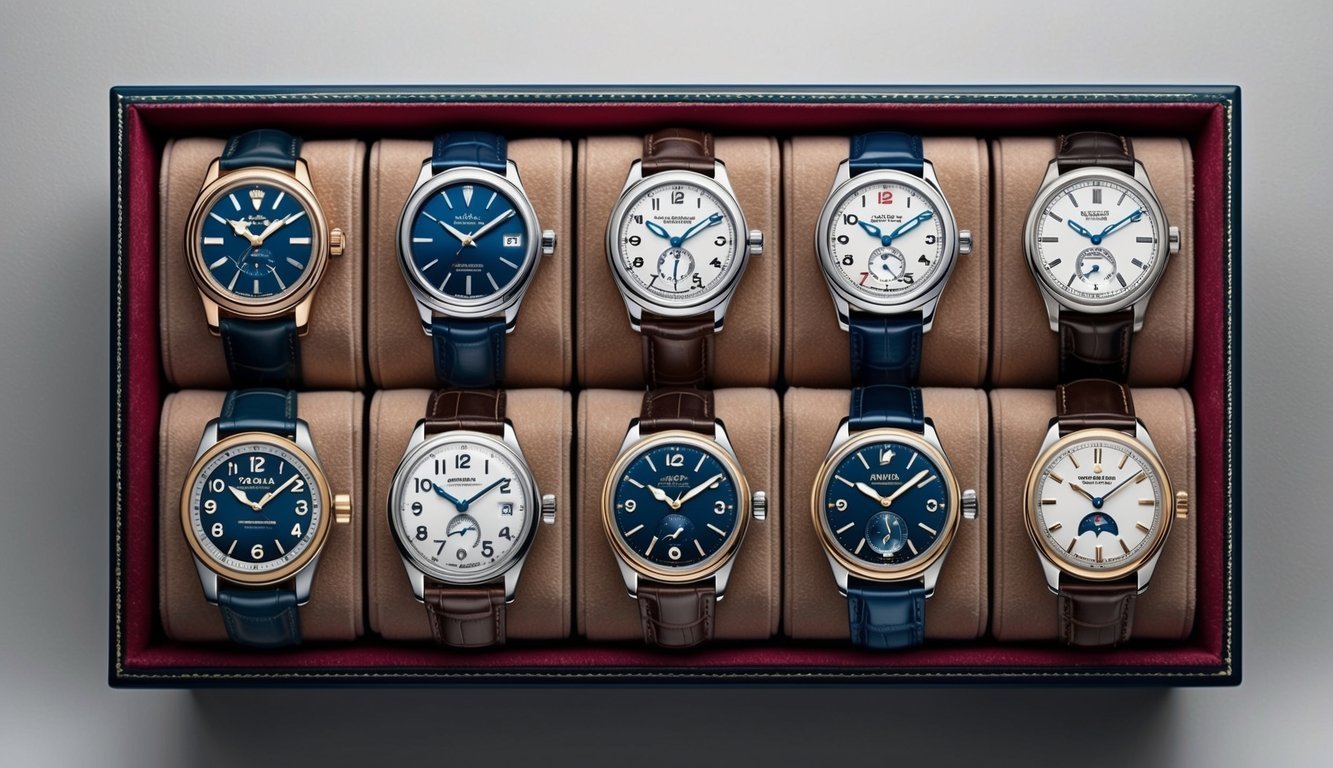When it comes to luxury watches, the masterpieces that have shaped the industry are often the ones that define true craftsmanship. These legendary timepieces not only showcase exceptional technical skill but also embody unique stories and a rich heritage that resonate with collectors and enthusiasts alike.
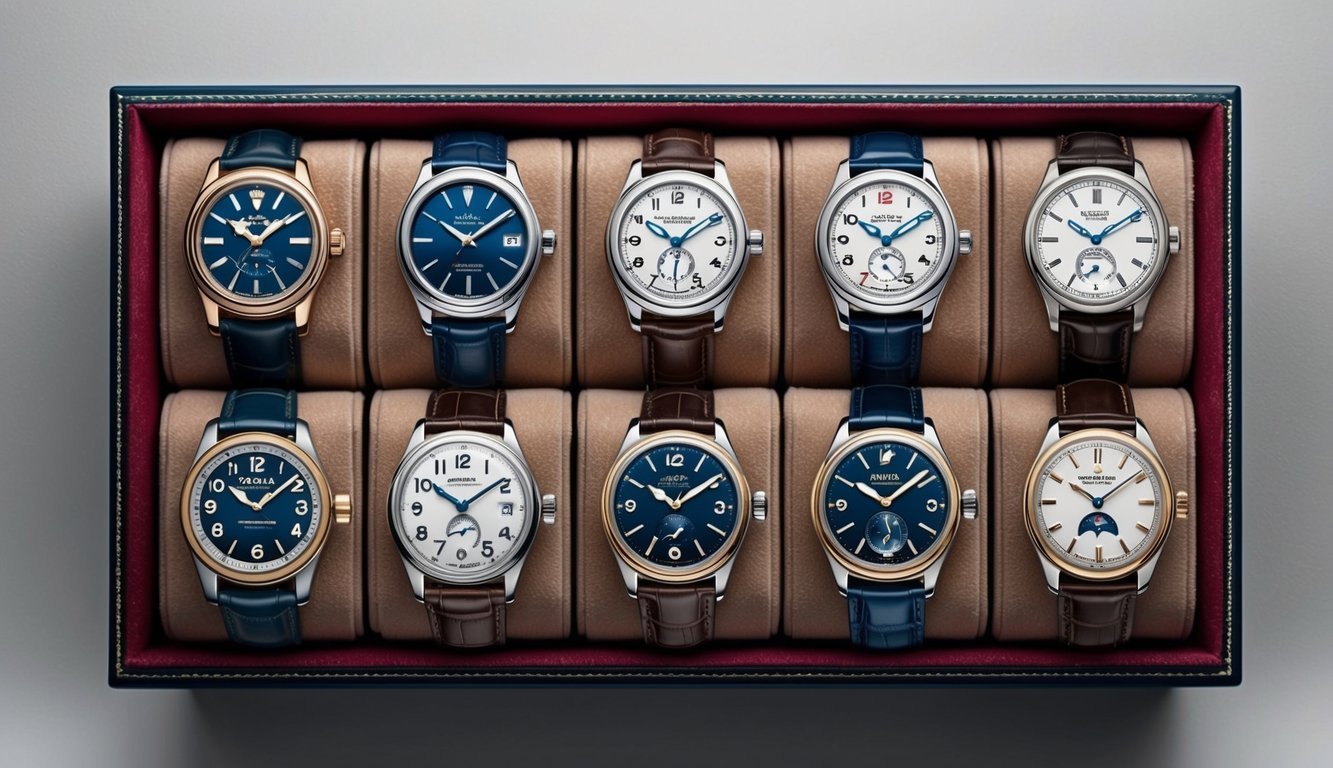
From intricate movements to innovative designs, every element in these watches holds significance, reflecting the passion and artistry of their makers.
Exploring these iconic models will give you a deeper appreciation for what makes horological craftsmanship so special.
1) Rolex Submariner
The Rolex Submariner is a true icon in the watch world.
Introduced in 1954, it was designed for divers and underwater exploration.
Its striking matte-black dial features luminous markers, making it easy to read in low light.
What sets the Submariner apart is its robust build.
Crafted from high-quality stainless steel or gold, it offers durability and elegance.
The rotating bezel allows you to track dive time, making it functional as well as stylish.
You’ll appreciate the attention to detail, like the signature upside-down triangle at 12 o’clock and its luminous hands.
Over the decades, the Submariner has become a symbol of luxury and adventure.
Many famous figures have worn this watch, from explorers to celebrities.
Its timeless design continues to attract enthusiasts, whether you’re a seasoned collector or a casual admirer.
If you’re looking to invest in a watch that embodies craftsmanship and history, the Rolex Submariner should be at the top of your list.
2) Patek Philippe Nautilus
The Patek Philippe Nautilus is a true icon in the world of luxury watches.
Launched in 1976, it was designed by Gérald Genta, who created a design that broke the mold for sports watches.
Its distinctive porthole-inspired case, combined with an integrated bracelet, makes it instantly recognizable.
You can spot a Nautilus from a distance, and that’s part of its allure.
Originally priced at $3,100, the Nautilus has skyrocketed in value over the years.
Some models, like the reference #5711/1A-018 with Tiffany & Co. branding, now fetch millions at auction.
Collectors and enthusiasts appreciate the Nautilus not just for its aesthetics but for its craftsmanship.
It showcases Patek Philippe’s dedication to quality and innovation, blending elegance with a sporty vibe.
Whether you wear it at a formal event or for a casual outing, the Nautilus makes a statement.
It’s not just a watch; it’s a piece of horological history that continues to influence the industry today.
3) Omega Speedmaster Professional
The Omega Speedmaster Professional is a legendary timepiece known for its rich history and precision.
Launched in 1957, it became famous as the first watch worn on the moon during the Apollo 11 mission.
This watch combines style with functionality.
The classic design features a chronograph function and a tachymetric scale, making it a favorite among watch enthusiasts.
Its robust construction ensures durability, perfect for both everyday wear and extreme conditions.
The Speedmaster is also recognized for its movement.
The Calibre OMEGA 3861 achieves Master Chronometer certification, representing significant advancements in power reserve and accuracy.
Collectors appreciate the Speedmaster for its craftsmanship and historical significance.
Whether you’re a seasoned watch aficionado or just starting your collection, the Speedmaster is a must-have.
With its timeless appeal and storied past, this watch defines horological excellence.
Wearing an Omega Speedmaster Professional connects you to a legacy of exploration and innovation.
4) Tag Heuer Monaco
The TAG Heuer Monaco is a standout in the world of watches.
Launched in 1969, it made history as the first square-shaped waterproof chronograph.
This unique design set it apart from traditional round watches.
Its fame skyrocketed when Steve McQueen wore it in the 1971 film Le Mans.
The association with McQueen earned the Monaco a legendary status that has lasted for decades.
In 1997, TAG Heuer relaunched the Monaco, bringing back the vintage charm with some modern updates.
The watch features the iconic Heuer logo, a nod to its rich heritage.
Today, the Monaco continues to be a favorite among collectors and enthusiasts.
Its blend of style, history, and motorsport roots makes it a timeless piece.
5) Audemars Piguet Royal Oak
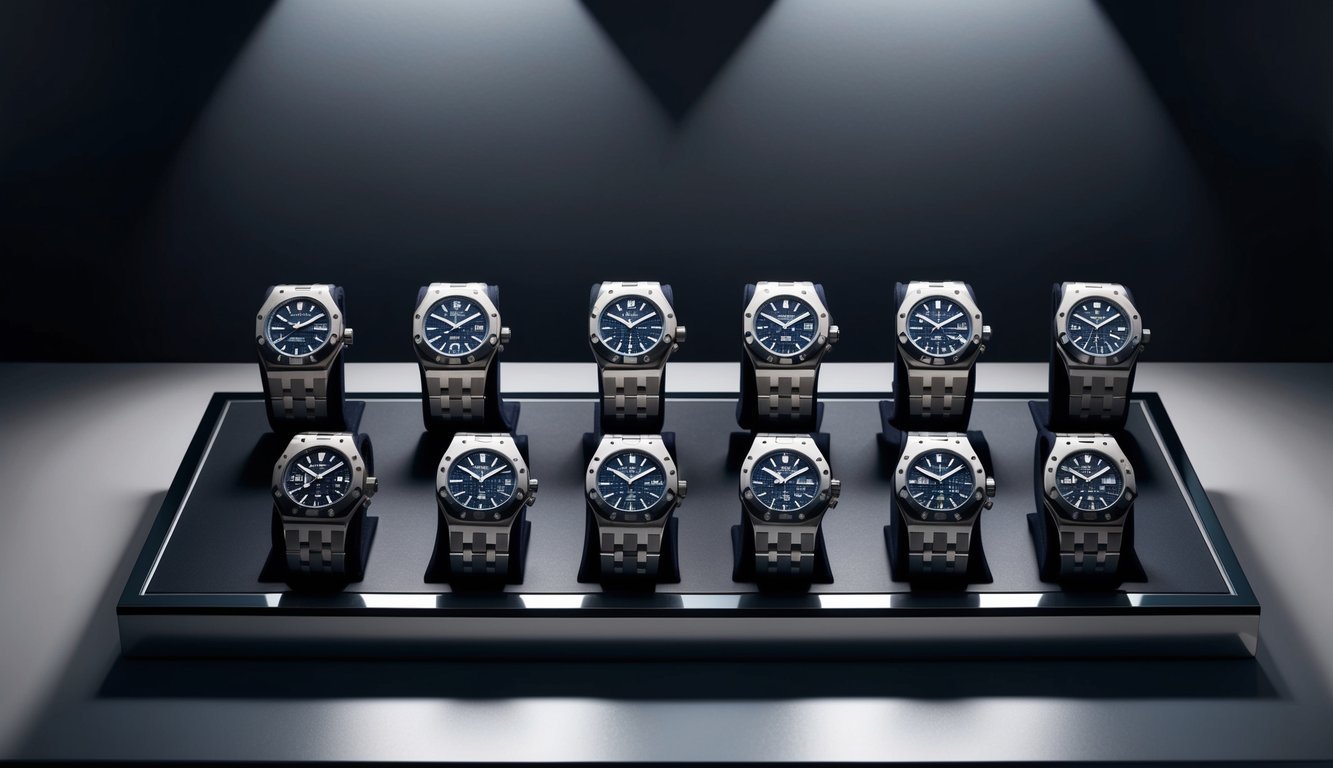
The Audemars Piguet Royal Oak is a game changer in the watch world.
Launched in 1972, it was the first luxury sports watch made of stainless steel.
Its octagonal bezel and “Tapisserie” dial set a new standard for design.
You’ll notice how effortlessly it blends elegance with sportiness.
The Royal Oak’s unique style appeals to watch enthusiasts and casual wearers alike.
Plus, it’s a symbol of status and refinement.
Audemars Piguet has introduced special editions over the years.
One noteworthy model is the Royal Oak Offshore Pride of Indonesia, celebrating the country’s independence.
Each model showcases the brand’s commitment to craftsmanship and cultural appreciation.
When you wear a Royal Oak, you’re part of a legacy.
It’s not just a watch; it’s a piece of horological history.
From collectors to celebrities, this timepiece remains an icon in the luxury market.
6) Jaeger-LeCoultre Reverso
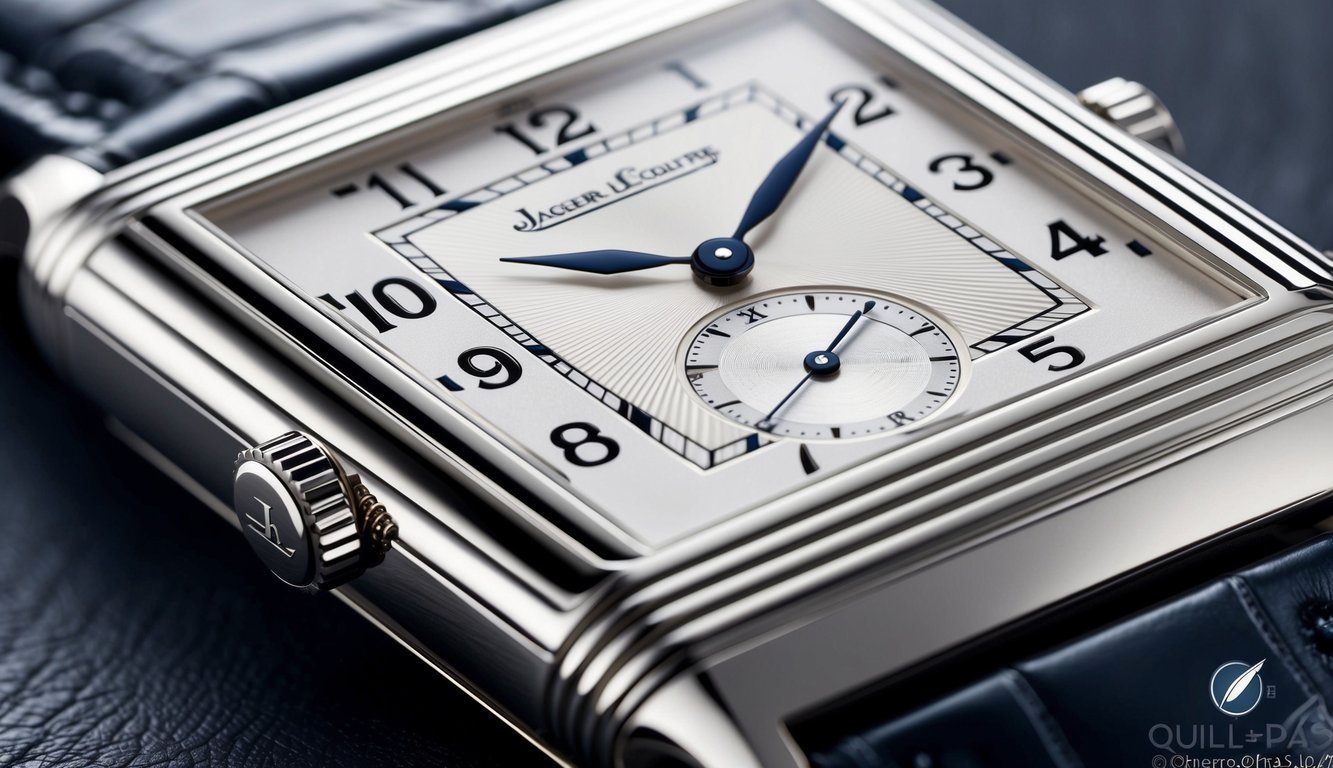
The Jaeger-LeCoultre Reverso is a true icon in the world of luxury watches.
Launched in the early 20th century, it was designed specifically for British Army officers playing polo in India.
The watch’s unique reversible case protects the crystal from impacts during play.
You’ll appreciate the craftsmanship that goes into each Reverso.
Its Art Deco design combines elegance with functionality, making it suitable for various occasions.
Plus, the ability to flip the watch over allows for customization or protection.
Whether you’re a sport enthusiast or a collector, the Reverso offers versatility.
The range of styles and complications available means there’s a Reverso out there for everyone.
With its rich history and timeless appeal, it’s a standout piece that captures the essence of horological artistry.
7) Breitling Navitimer
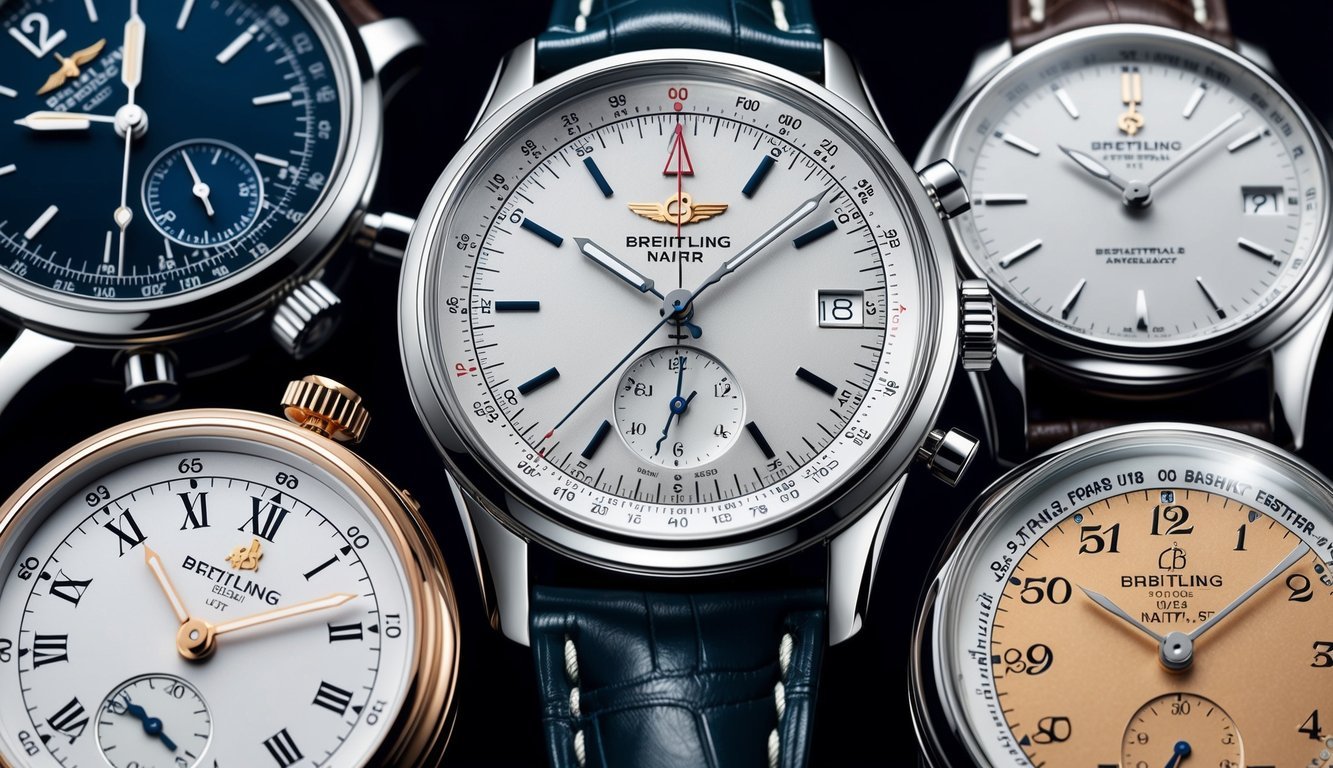
The Breitling Navitimer is a true icon in the watch world, especially for aviation enthusiasts.
Launched in 1954, it was designed as a tool for pilots, featuring a chronograph and an integrated flight calculator.
With its distinctive slide-rule bezel, you can perform essential calculations like speed and fuel consumption.
It’s not just functional but also instantly recognizable with its large, easy-to-read dial.
The Navitimer comes in various models, including the popular B01 Chronograph.
With a case diameter of around 43mm, it strikes a balance between presence and wearability.
Powered by the automatic Breitling B01 movement, it offers impressive accuracy and reliability.
Plus, the craftsmanship that goes into each piece is a testament to Breitling’s dedication to quality.
Whether you’re a pilot or a watch collector, the Navitimer remains a standout choice.
It combines practicality with a rich history and timeless design, making it a staple in the world of horology.
8) Cartier Tank
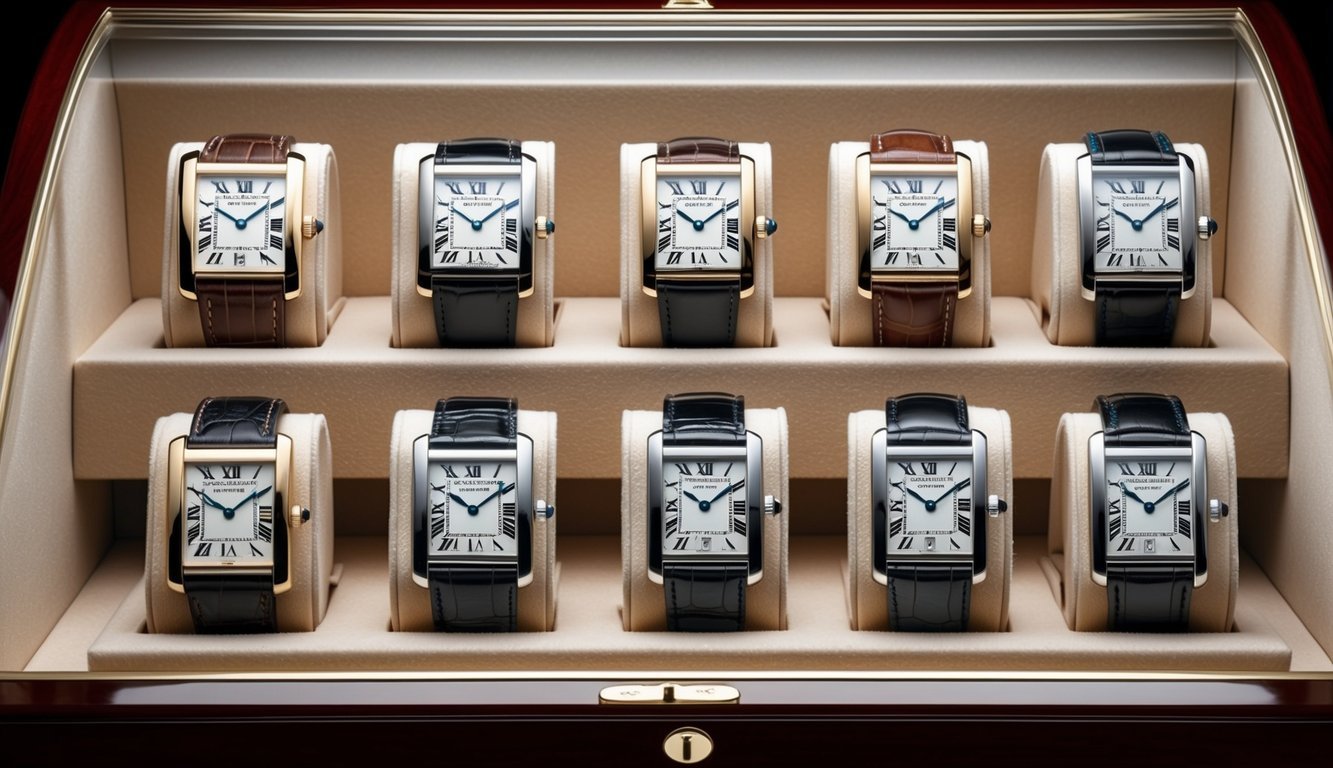
The Cartier Tank is a classic that’s stood the test of time since its debut in 1919.
Inspired by the shape of World War I tanks, it brings a unique military aesthetic to watchmaking.
You’ll notice the distinctive rectangular case and simple lines that set it apart from other timepieces.
This design makes it both elegant and suitable for various occasions.
The Tank Louis Cartier, introduced in the early 1920s, is a highlight within the collection.
Its refined silhouette captures a balance between tradition and style.
Variations like the Tank Cintrée, with its curved case, cater to different tastes while maintaining the signature look.
These models are often coveted by collectors, with some fetching high prices at auction.
The Cartier Tank Must offers an entry point into this luxury world.
With its accessible price and iconic design, it invites newcomers and seasoned collectors alike to appreciate horological craftsmanship.
9) IWC Schaffhausen Pilot’s Watch
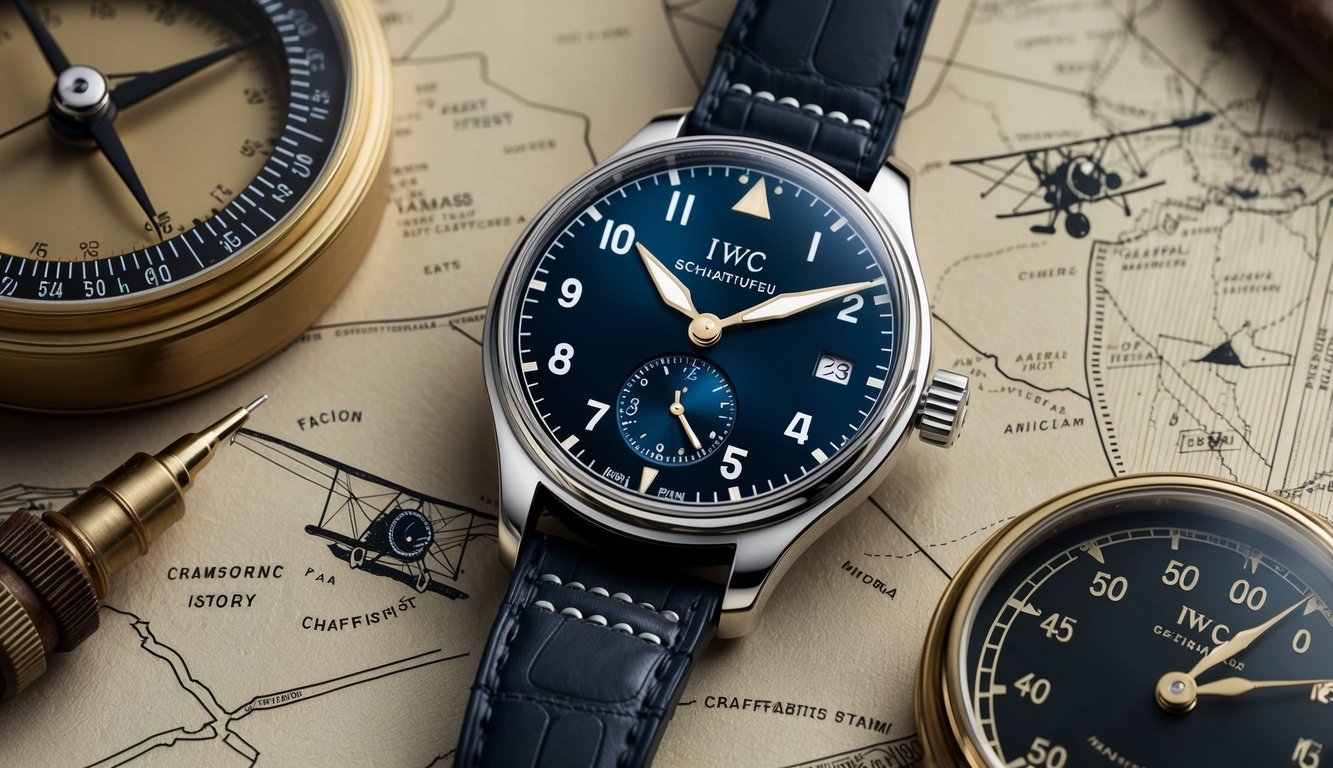
The IWC Schaffhausen Pilot’s Watch holds a special place in the hearts of watch enthusiasts.
Introduced in the 1940s, it was designed to meet military specifications, making it both rugged and reliable.
One standout model is the Big Pilot’s Watch, known for its impressive size and clarity.
With a diameter of 55 millimeters, it’s impossible to miss.
It features a simple, yet striking design that enhances readability in the cockpit.
With the introduction of the Aquatimer in 1967, IWC further cemented its legacy in dive watches as well.
Each model reflects a commitment to craftsmanship and precision, which is why so many admire them.
Whether you’re exploring the skies or the depths of the sea, the IWC Pilot’s Watch combines functionality with style.
It’s more than just a tool; it’s a symbol of adventure and exploration.
10) Panerai Luminor
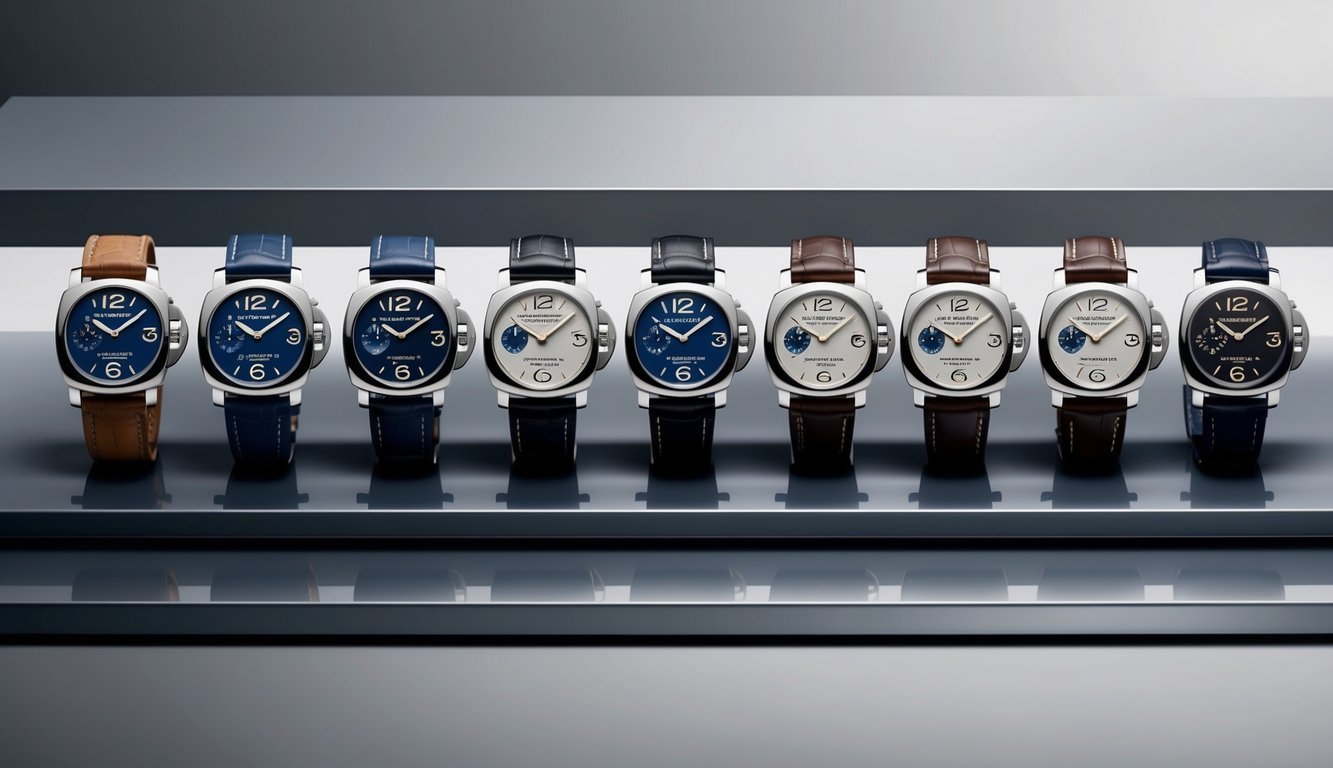
The Panerai Luminor is a standout in the world of luxury watches.
Known for its rugged design and distinctive look, it’s perfect for those who appreciate both style and function.
This watch was originally designed for the Italian Royal Navy.
It emphasizes utility, with bold case and large, luminous numerals that make it easy to read underwater.
The Luminor features a signature crown-protecting bridge.
This unique detail not only enhances its aesthetic but also improves water resistance, proving it’s built for action.
You’ll find models like the Luminor Submersible, which is specifically engineered for diving.
It’s got a rotating bezel and is water-resistant, perfect for ocean adventures.
Another fan favorite is the Luminor Base Logo, marked by its minimalist design.
With a clean dial and a 44mm case, it embodies the classic Panerai appeal.
Whether you’re diving deep or heading to a casual dinner, the Luminor fits right in.
It’s a watch that blends history, innovation, and timeless elegance.
The Art of Watchmaking
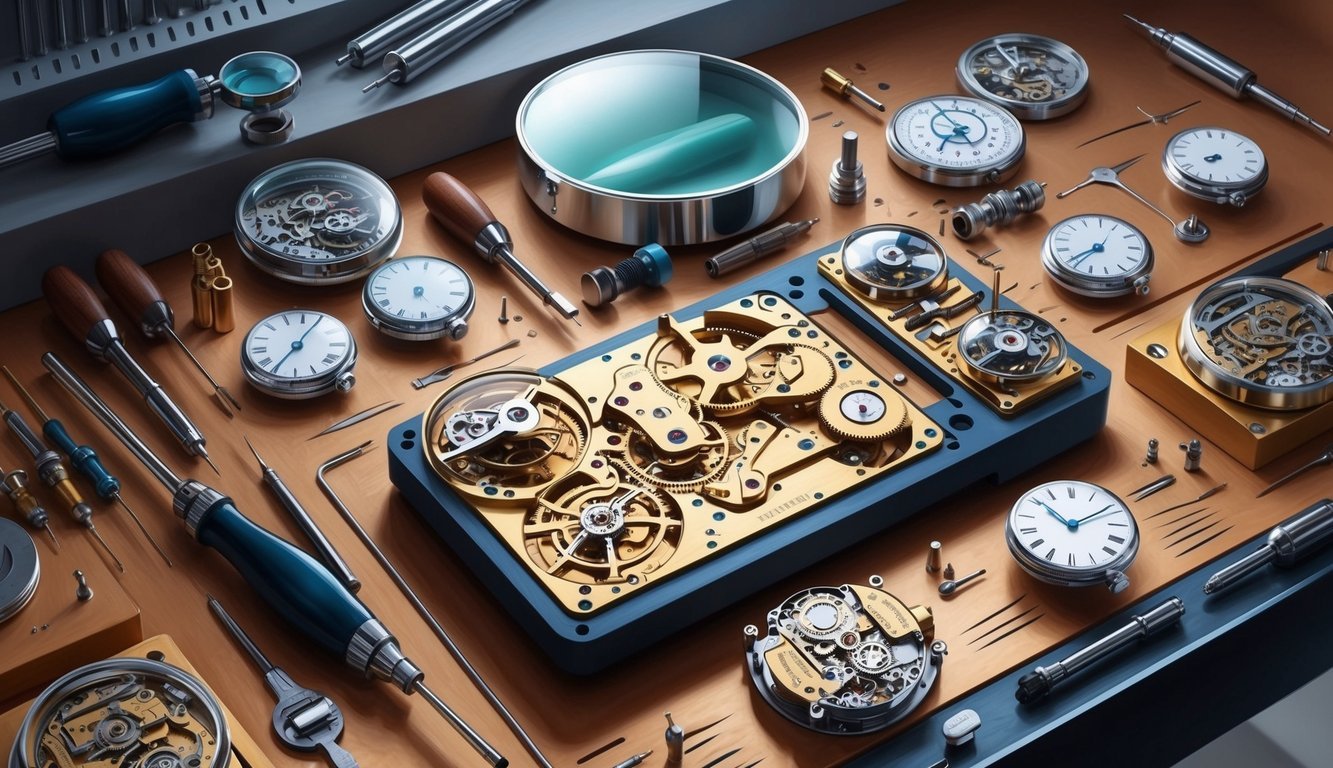
Watchmaking combines intricate craftsmanship and innovation.
The process involves a deep appreciation for both the history of horology and the materials that contribute to creating timepieces.
History and Evolution
The journey of watchmaking has roots dating back to the 16th century.
Initially, timekeeping devices were large and primarily used in churches and public squares.
The invention of the pocket watch in the 17th century marked a significant evolution, making personal timepieces more accessible.
By the 19th century, advancements in technology and manufacturing began to transform the industry.
Companies like Patek Philippe and Audemars Piguet emerged, setting standards in luxury and precision.
The introduction of quartz movements in the 20th century brought affordability and accuracy, while mechanical watches remained valued for their craftsmanship.
Materials Used in Crafting
In modern watchmaking, the choice of materials is crucial.
Watchmakers often opt for high-grade stainless steel, titanium, or even precious metals like gold and platinum for cases.
These metals not only enhance durability but also contribute to the aesthetic appeal.
When it comes to watch movements, you’ll find parts made from blued steel, brass, and synthetic rubies, which serve as bearings.
These materials ensure smooth operation and longevity.
Finally, straps are commonly made from leather, rubber, or metal, allowing for personalization and comfort, reflecting style while maintaining functionality.
Precision Engineering
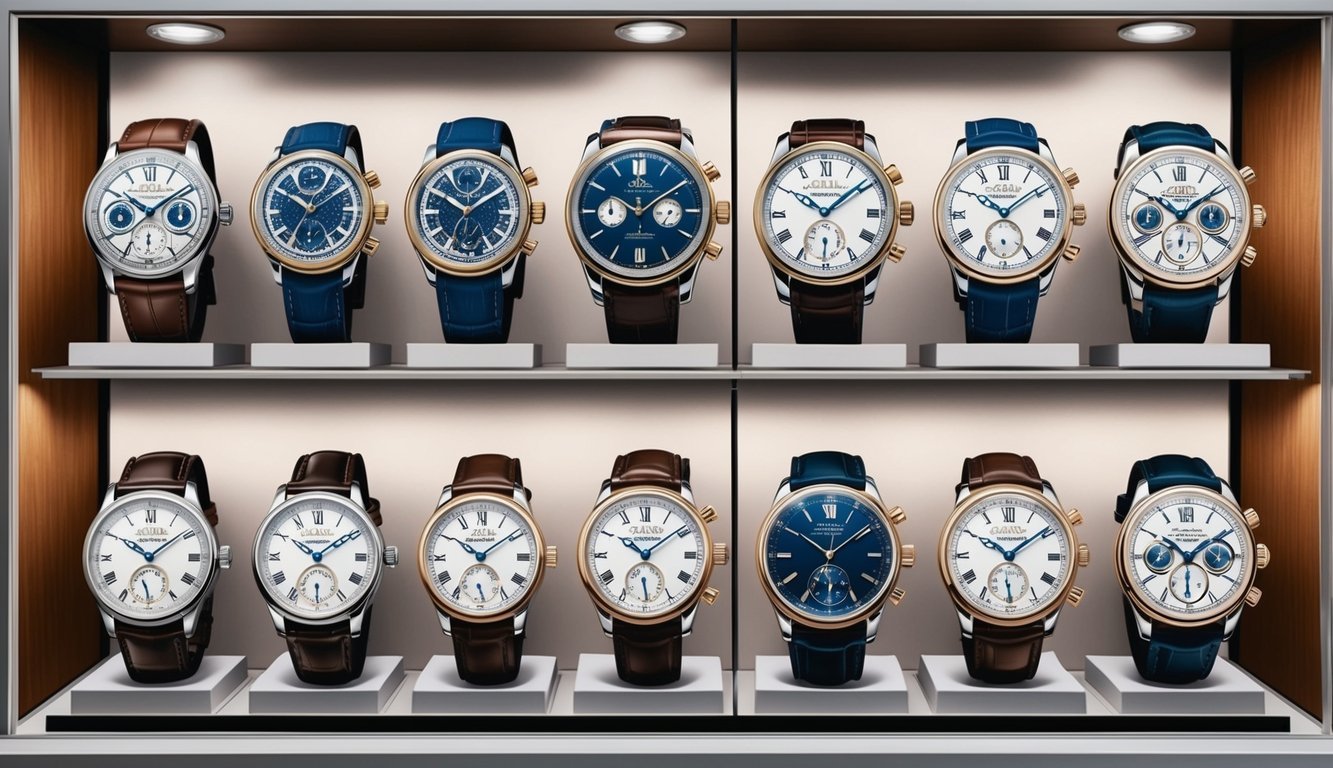
Precision engineering is essential in luxury watchmaking, reflecting the meticulous craftsmanship and attention to detail that defines horological excellence.
Key to this are Swiss movements, celebrated for their reliability and innovation in timekeeping.
The Role of Swiss Movements
Swiss movements have set the gold standard in the watch industry.
Originating from Switzerland, they combine traditional artistry with cutting-edge technology.
These movements undergo rigorous testing for accuracy and durability.
The COSC (Contrôle Officiel Suisse des Chronomètres) certification ensures that a watch meets strict precision standards.
Many luxury brands, like Rolex and Audemars Piguet, utilize these movements, showcasing a commitment to quality.
Each component, from the gears to the balance wheel, is crafted with precision, ensuring your watch not only tells time but does so with exceptional reliability.
Innovations in Timekeeping
Advancements in timekeeping technology have revolutionized luxury watches.
For example, quartz movements introduced a level of accuracy that mechanical movements could rarely match.
Moreover, new materials like silicon have reduced friction in movements, enhancing longevity and performance.
Brands are now integrating smart technologies.
These offer features like GPS and heart rate monitoring while blending tradition with modern needs.
These innovations do not compromise the elegance and craftsmanship expected from luxury timepieces.
Instead, they elevate the user experience.
This ensures every watch is both a piece of art and a masterclass in engineering.


